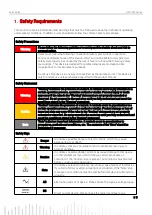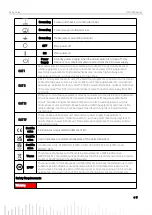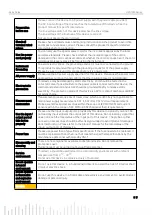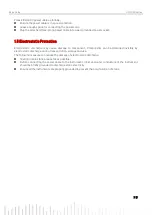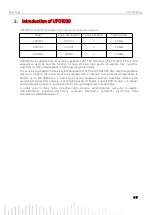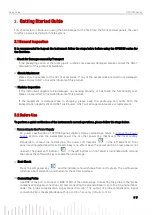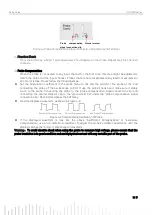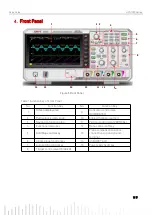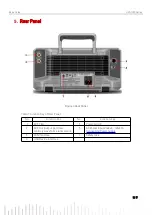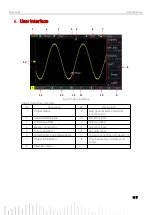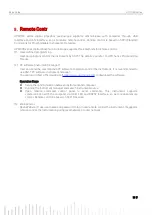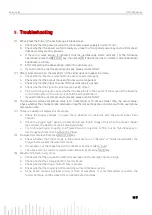
Quick Guide
UPO1000 Series
10/17
Figure 4-1 Probe Compensation Signal Connection Clip and Ground Terminal
(4) Function Check
Press the AUTO key, a 3 Vpp, 1 kHz square wave should appear on the screen. Repeat step 3 to check all
channels.
(5)
Probe Compensation
When the probe is connected to any input channel for the first time, this step might be adjusted to
match the probe and the input channel. Probes that are not compensated may lead to measurement
errors or mistake. Please follow the following steps.
Set the attenuation coefficient in the probe menu to 10x and the switch of the probe at 10x, and
connecting the probe of the oscilloscope to CH1. If use the probe’s hook head, make sure it stably
touch to the probe. Connecting the probe to the “probe compensation signal connection clip” and
connecting the ground alligator clip to the “ground terminal” under the “probe compensation signal
connection clip”. Open CH1 and press the AUTO key.
View the displayed waveform, as shown in Figure 4-2.
Excessive Compensation
Correct Compensation
Insufficient Compensation
Figure 4-2 Compensating Calibration of Probe
If the displayed waveform is look like the above “Insufficient Compensation” or “Excessive
Compensation”, use a non-metallic screwdriver to adjust the probe’s variable capacitance until the
display matches the "Correct compensation" waveform.
Warning
:
To avoid electric shock when using the probe to measure high voltage, please ensure that the
probe insulation is in good condition and avoid physical contact with any metallic part of the probe.
Ground terminal
Probe compensation
signal connecti
o
n clip



